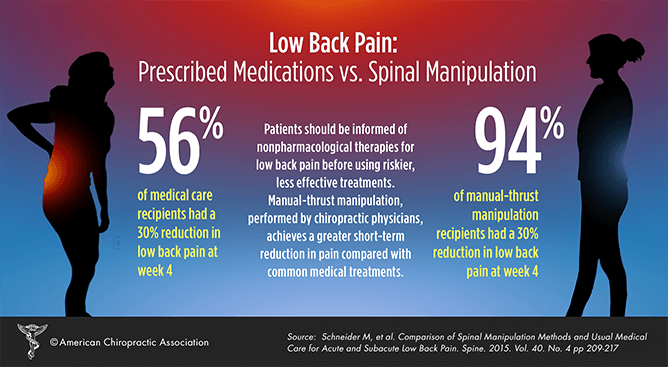Just When You Assume Alleviation Is Near, Soft Tissue Treatment Exposes Its Uneasy Facts-- Discover Why The Process Can Be Unpleasant Yet Helpful
Just When You Assume Alleviation Is Near, Soft Tissue Treatment Exposes Its Uneasy Facts-- Discover Why The Process Can Be Unpleasant Yet Helpful
Blog Article
Authored By-Holman Lundgaard
When you undergo soft Tissue treatment, you may locate it remarkably uneasy. This pain emerges as stress is put on tense muscle mass and damaged tissues, activating your pain receptors. While https://www.cbc.ca/news/copyright/british-columbia/chiropractic-treatment-children-bc-review-1.5042864 can really feel traumatic in the moment, there's a reason behind this feeling. Comprehending what happens in your body during these therapies can help you value the procedure. So, just what is going on underneath the surface?
The Physiology of Pain Throughout Soft Tissue Therapy
When you undergo soft Tissue therapy, your body's action to pain is a complicated interaction of physiological procedures. As the therapist applies pressure, your body turns on pain receptors, sending signals to your mind. This sets off the release of neurotransmitters, such as compound P and glutamate, which intensify the experience of discomfort.
https://whentovisitachiropractor73726.blogadvize.com/40389310/after-soft-tissue-treatment-tips-for-a-smooth-recuperation may additionally tighten in feedback, further making complex the experience. Furthermore, your body may launch endorphins, all-natural painkillers that can assist reduce some discomfort.
The interaction in between these processes can develop an unique experience for every individual. Recognizing this physiological reaction assists you browse the feelings throughout treatment, allowing you to appreciate the balance in between pain and the potential for healing advantages.
The Role of Pain in the Healing Refine
Although pain during soft Tissue therapy can feel overwhelming, it plays a crucial function in the healing process. When you experience discomfort, your body is signifying that it's functioning to fix damaged cells. This response aids raise blood circulation to the afflicted location, providing important nutrients and oxygen required for recovery.
Furthermore, pain can advertise the release of endorphins, your body's all-natural medicines, creating a feeling of alleviation post-treatment. Accepting this discomfort can help you understand your body's limitations and encourage you to deal with underlying issues.
While it's uneasy currently, this procedure is necessary for long-term recovery and enhanced feature. Acknowledging discomfort as an essential part of healing can encourage you to stay committed to your therapy.
Tips for Taking Care Of Discomfort During and After Treatment
Managing pain during and after soft Tissue therapy can considerably enhance your total experience and recuperation.
To start, interact freely with your therapist concerning your discomfort degrees; they can adjust strategies as necessary. Using turmeric supplement can also assist you kick back and minimize pain.
Think about using ice to the cured area post-session to minimize swelling and numb discomfort. Remaining hydrated help in the healing process, so consume a lot of water.
Mild stretching and light movement after treatment can promote blood flow and convenience stiffness. Last but not least, ensure you get ample remainder to enable your body to recover.
Carrying out these pointers can make your soft Tissue treatment a lot more manageable and enjoyable.
Final thought
To conclude, while soft Tissue treatment can be awkward, it's vital to recognize that this discomfort plays an important function in your recovery trip. By understanding the physical feedbacks at play, you can approach the treatment with an extra positive attitude. Remember, the preliminary discomfort usually gives way to relief as your body releases endorphins. Embrace the process, and don't wait to make use of the tips for taking care of discomfort to enhance your experience and recovery.
